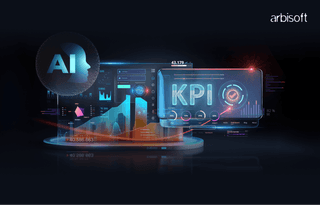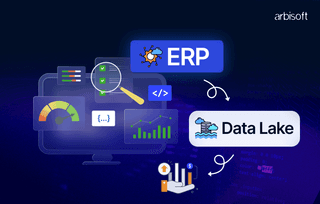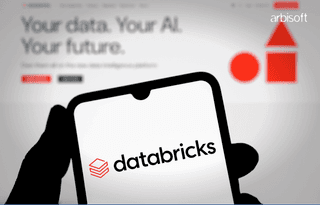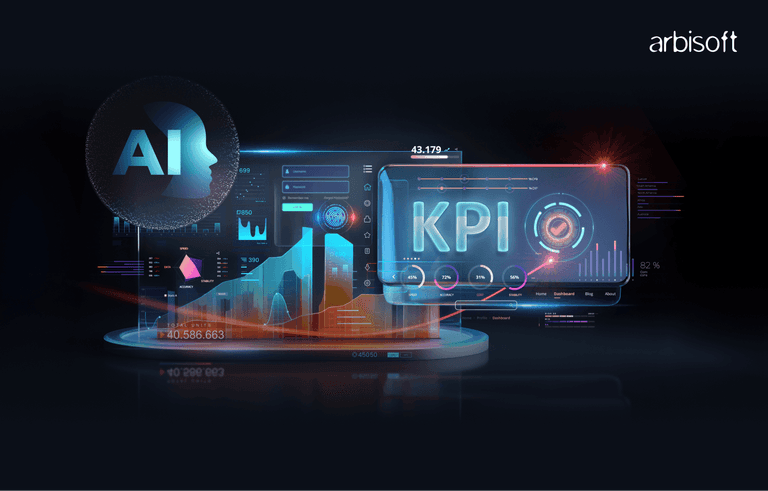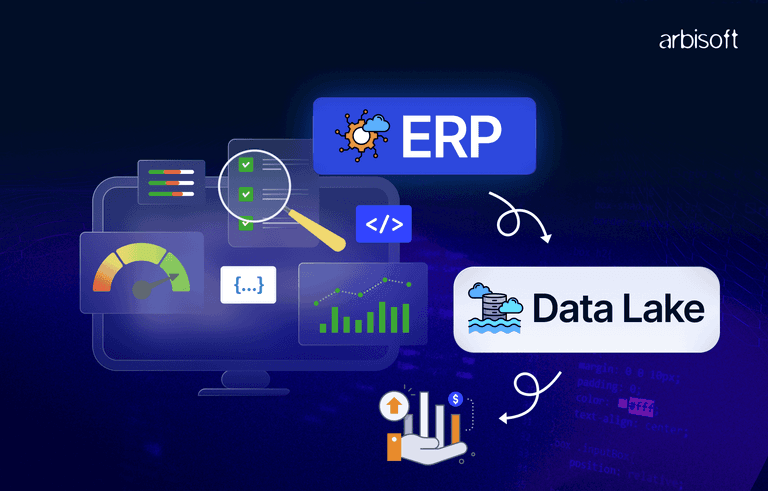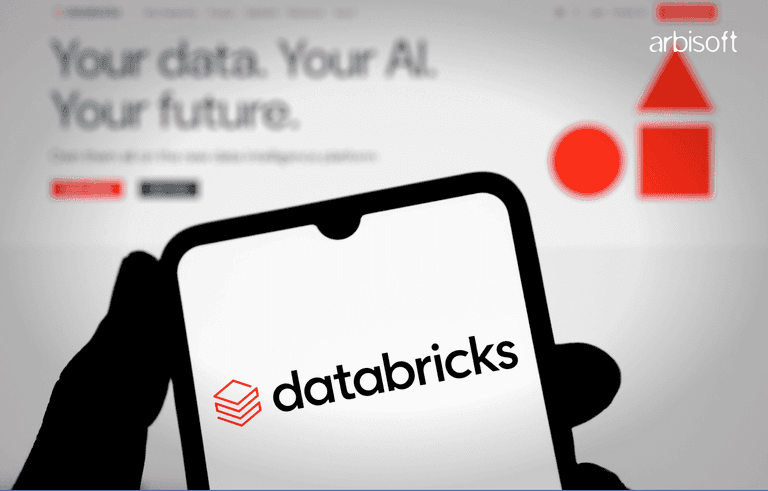We put excellence, value and quality above all - and it shows




A Technology Partnership That Goes Beyond Code

“Arbisoft has been my most trusted technology partner for now over 15 years. Arbisoft has very unique methods of recruiting and training, and the results demonstrate that. They have great teams, great positive attitudes and great communication.”
The Limitations of Machine Learning: What We Still Can't Teach Machines

Machine Learning has revolutionized many industries, from healthcare and finance to entertainment and e-commerce. It's used in everything from employing predictive analytics solutions for disease prediction to recommending products on shopping platforms. Yet, for all the incredible things machines can learn, there’s still a long way to go before they can truly think like humans.
While machine learning excels at identifying patterns in data, it falls short in some critical areas where human intelligence naturally shines. Let's explore the key areas where machines are advancing but still face challenges in reaching true human-like understanding.
Are you basing your decisions on these 5 machine-learning myths? See what’s what in our guide!

Get the facts you need to leverage machine learning effectively and avoid common misconceptions

1. Lack of Common Sense and Intuition
Common sense is something humans develop from everyday experiences, but machines don’t have the ability to learn or apply such understanding naturally. Machine learning models are trained on massive datasets to perform tasks like image recognition or language translation, but they lack a deeper understanding of the context that’s inherent to human intelligence.
For instance, if you ask a machine whether it’s safe to use an umbrella on a sunny day, it might struggle to answer unless it’s explicitly trained in such a scenario. This behavior is similar to how some language models face challenges—such as counting the ‘r’s in ‘strawberry’—due to limitations in common sense reasoning. Humans, on the other hand, can answer this question using common sense.
A real-world example is autonomous vehicles. While self-driving cars are advancing rapidly, they often struggle with unusual situations, such as a pedestrian dressed in a Halloween costume crossing the street. These edge cases confuse machines because they don’t understand context beyond their data training.
According to a study by the Allen Institute for AI, even the most advanced AI systems can answer just 85% of common sense questions correctly - a problem AI researchers have been trying to solve for decades.
2. Dealing with Ambiguity and Uncertainty
Humans often encounter ambiguous or incomplete information and can still make decisions based on instincts or experience. Machines, however, require structured data and clear rules. They struggle with tasks like interpreting vague sentences or dealing with complex decision-making where the outcomes aren’t clear-cut.
Take natural language processing (NLP) models as an example. These models are great at identifying keywords and phrases but often miss the subtleties of language like tone, sarcasm, or metaphors. A machine learning system could read the sentence “It’s raining cats and dogs” and literally interpret it, while humans understand it as a metaphor for heavy rain.
In highly sensitive fields such as medicine or finance, uncertainty is a common problem. While machines can assist in making predictions based on data, they struggle in situations where there are no clear-cut patterns to follow or when data is missing.
According to an MIT study, machine learning models were only 65% effective in ambiguous scenarios like handling sarcasm or incomplete information, compared to a human's natural ability to resolve such uncertainty.
3. Overfitting and Underfitting
Machine learning models face two common problems during training: overfitting and underfitting.
Overfitting occurs when a model learns the training data too well, capturing noise or irrelevant details. This leads to poor performance on new, unseen data because the model has become too specific to the training dataset. Imagine studying for an exam by memorizing every word in the textbook instead of understanding the key concepts-you’d likely struggle when the questions aren’t exactly what you expected.
Underfitting, on the other hand, happens when the model doesn’t learn enough from the training data, often because it's too simple or hasn’t been trained long enough. In this case, it performs poorly both on the training data and when tested on new data.
Both problems highlight the delicate balance machine learning developers must strike. Too much focus on the training data results in overfitting, while too little results in underfitting, making models ineffective in real-world applications.
A Stanford study revealed that overfitting could decrease the accuracy of ML models by as much as 25% when applied to real-world, unseen datasets.
4. Causality vs. Correlation
A fundamental limitation of machine learning is its difficulty distinguishing between correlation and causality. While ML models are excellent at finding patterns in data, they often struggle to determine whether one event causes another or if the two are simply correlated.
For instance, if an ML model analyzes a dataset showing that people who own more than two pets are healthier, it might assume that owning pets causes better health. However, humans can intuitively understand that other factors, such as exercise or lifestyle, might be involved and that the relationship is more complicated.
In fields like healthcare, mistaking correlation for causality could lead to dangerous conclusions. Machines may identify patterns in patient data but fail to understand what’s truly causing an illness or improving outcomes.
A report by the Royal Society emphasizes that most machine learning models struggle to differentiate causality from correlation, which is a significant challenge when applying ML to fields like medicine and economics.
The Road Ahead: Overcoming Machine Learning’s Limitations
While machine learning has made significant strides, it’s clear that there are still major gaps. To address these challenges, researchers are exploring new avenues like causal inference, which aims to help machines better understand cause-and-effect relationships. Another promising direction is explainable AI, which seeks to make machine learning models more transparent and easier to interpret by humans.
Moreover, combining symbolic reasoning (the type of logic humans use) with machine learning could potentially help bridge the gap between data-driven learning and human-like reasoning, while machine learning data services empower organizations to harness these innovations. Efforts are also being made to improve how machines handle ambiguity, incorporate intuition into their algorithms, and build more robust models that can avoid overfitting and underfitting.
However, until these advancements are fully realized, it’s important to recognize that machine learning has its limits – a fact further underscored by transformer architecture limitations that impact even state-of-the-art models. Human judgment, intuition, and common sense will remain essential in ensuring that these technologies are used wisely and effectively.
Final Thoughts
Machine learning is an incredible tool that’s transforming industries across the globe, but it’s not without its flaws. The limitations of lacking common sense, struggling with ambiguity, overfitting/underfitting, and failing to distinguish correlation from causality remind us that there’s still much that machines can’t do.
By understanding these limitations, we can work toward building better systems that combine the best of both worlds, machine efficiency and human insight, supported by robust software development services tailored for modern challenges. As research continues, there’s no doubt that we’ll see machine learning evolve in ways we can’t yet imagine, but for now, human intelligence is still irreplaceable.








